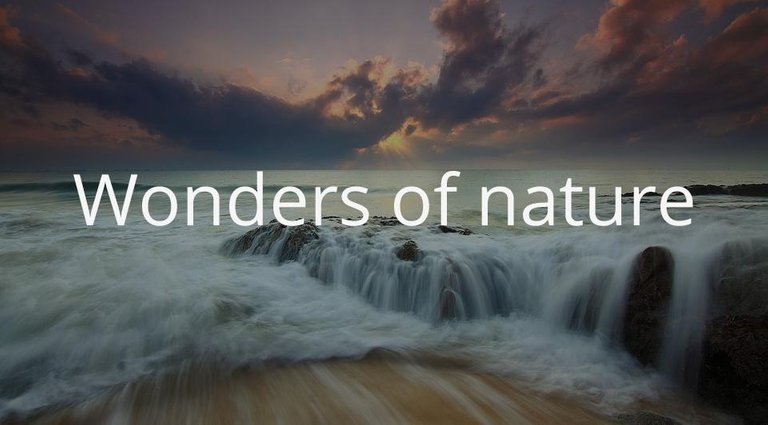
The Maasai people call the rattling volcano in the East African fault the Mountain of God.
In the middle of the dusty, decisively hot Crater Highland in the north of Tanzania, at the edge of hot springs and boiling sulphurous fountains, stands a gray mountain known as Ol Doinyo Lengai.
A dreary landscape is animated by the crooked acacias and stunted baobabs scattered here and there. Dusty whirlwinds swirl over the earth, cut by cracks, and miserable grass burns in dry weather.
Ol Doinyo Lengai is hardly an attractive sight — it is only 2,856 meters in height, and not so far from it are more majestic mountains, such as Kilimanjaro. However, unlike other volcanoes, it does not spew fire and smoke, but spits out washing soda! Its unusual eruptions carry out ash and carbonate, which, when in contact with the moisture of the air, is converted to washing soda (sodium carbonate). This is the only active carbonatite volcano in the world, and what seems to be snow on its top is actually whitish ash, settled during unusual eruptions.

Molten lava in the center of the volcano is black, and although it boils in the crater is very menacing, in fact it is 2 times colder than in other volcanoes. After contact with the air, the lava changes color and turns into natural soda, which is used for cleaning and whitening.
After the eruption in 1967, the volcano still rumbles restlessly. If you enter the crater 300 meters in diameter, you can look into the hissing hole, through which you can see how the lava is bubbling. The American professor Kert Stager, who visited these places, wrote in 1990, "Every few seconds the earth shudders, the lava fountain splashes out of the vents and hits the walls, and lava flows under my feet." The professor described how one of his companions punched a thin crust of hardened lava with a foot: "He yanked it back with a stream of smoke." There were no more laces on his shoes.
Sacred mountain
To the west of Ol Doinyo Lengai, the Serengeti plateau stretches. On its entire territory lies a thick layer of alkaline volcanic ash, which may have been erupted from Kerimassi, an extinct volcano located nearby. Alkaline soil and dry season, from June to October, do not contribute to the diversity of vegetation. However, when rains come in November, the grassy plains are full of grazing animals — gazelles, antelope, zebras, and predators that they hunt — lions and feral dogs.
On the northern slopes of Ol Doinyo Lengai lies Lake Natron. Under its shallow, sated waters, thick black mud is hidden. There are few fish here and there are no ordinary aquatic plants at all. However, in this alkaline soup there are a lot of microscopic blue-green algae, as well as tiny creatures that live in this smelly mud. There are also a myriad of flamingos: sparkling with dazzling pink plumage, numerous birds cover the surface of the lake, where they feed on algae and microscopic organisms.
Maasai, the nomadic cattlemen of Tanzania and Kenya, believe that their god Engai is thundering in the crater on the top of this mountain.

Maasai eat meat very rarely and only on the occasion of special ritual holidays. Hardy humpbacked zebras are kept here for their milk and blood, which is taken from an animal from a jugular vein by means of a thin straw and either drink immediately while it is still warm, or mixed with milk and stored in bottles from a dried pumpkin. The Maasai believe that such food gives them strength. Their warriors were once the masters of all pastures in the vicinity of the East African rift system.
Some Maasai still lead a nomadic lifestyle, surpassing their herds from one pasture to another, depending on the season. However, the success of modern medicine led to an increase in the population. Livestock numbers increased, pastures became scarce, and many of the Maasai moved to cities.
Since ancient times, in the drought, the maasai herders have been walking along the scorched terrain to the base of Ol Doinyo Lengai praying for rain.
The customs of the soldiers
Adult Maasai, adhering to traditional customs, adorn themselves with massive earrings, multi-colored beads and wrought copper bracelets, and women wear even bracelets on their feet. Warriors put on red-orange cloaks, tied with a knot on his shoulder, and paint their bodies with ocher. Men and unmarried women rub their hair with ocher and tightly braid them, and married women shave their heads and rub it with red clay.
Every step in their life is connected with the ritual. This, for example, is the ceremony of choosing names for newborns or circumcision for older girls and boys. At the age of 15 every man in full moon is dedicated to the soldiers in Mukulat, Tanzania, with a special ceremony. Young men do not have the right to marry until they are recognized as real warriors.
Some warriors wear lion manes, ostrich feathers and headdresses from leopard skin, they gather for a celebration that lasts four days.
Congratulations! This post has been upvoted from the communal account, @minnowsupport, by Mamasetta from the Minnow Support Project. It's a witness project run by aggroed, ausbitbank, teamsteem, theprophet0, someguy123, neoxian, followbtcnews/crimsonclad, and netuoso. The goal is to help Steemit grow by supporting Minnows and creating a social network. Please find us in the Peace, Abundance, and Liberty Network (PALnet) Discord Channel. It's a completely public and open space to all members of the Steemit community who voluntarily choose to be there.